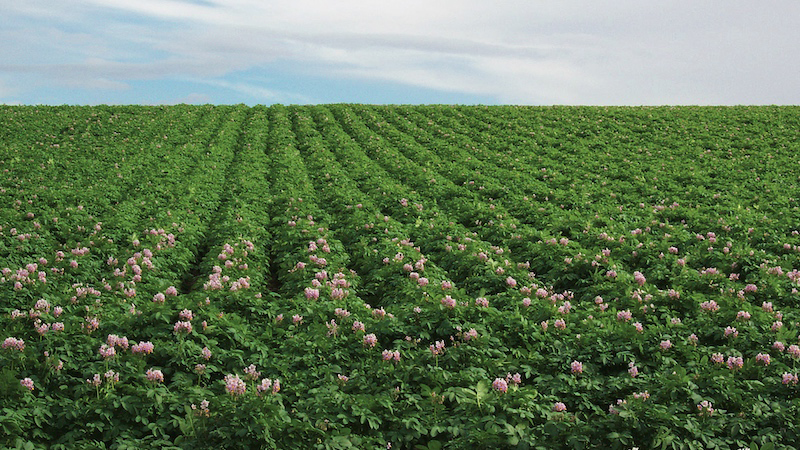Keeping Current With MRLs
Modern production practices for fresh fruits and vegetables usually include the use of various preharvest and postharvest chemicals, many of which are pesticides. Legally, these materials must be specifically labeled for use on the crop of interest and used only according to label instructions.
Chemical residues on fruits and vegetables are monitored by industry and regulators to assure compliance. Therefore, the U.S. and other countries set maximum residue levels (MRLs) on fresh produce for various chemicals. U.S. MRLs are rarely exceeded when the label instructions are followed. However, when MRLs set by importing countries are lower than U.S. MRLs, then use of these pesticides usually must be discontinued or modified to keep from exceeding the country’s tolerances. When no tolerance is stated, then any detectable residue will usually violate tolerances.
The limit of detection for chemical residues is often around 0.01 parts per million, depending on the testing laboratory and chemical of interest. Violations will lead to rejected product, possible additional requirements for future shipments, and even potential increased market restrictions for all growers/shippers of the product in the same state or country. In addition, individual buyers may set their own, more restrictive standards. Similar to buyer-imposed food safety standards, buyer-imposed MRL standards, especially from large buyers, can significantly impact how pesticides are used in the field and packinghouse.
Nations Divided
Once, it was hoped that the Food and Agriculture Organization of the United Nations would set global MRLs through its Codex Alimentarius. However, most developed nations have abandoned this and have developed their own MRLs, which may be dramatically different from the MRLs of other countries. The European Union (EU), in particular, has drastically lowered MRLs for many important pesticides within the past year.
Keeping track of these constant changes is a challenge. Most problems occur when importing countries lower their MRLs and notification of the changes does not reach the relevant growers or packinghouse managers. To help overcome this problem, the Florida Citrus Packers recently developed a system to identify changes in international MRLs and to quickly notify producers and packers of the changes. The system includes continual monitoring of announcements from the U.S. Foreign Agricultural Service, direct communication with exporters and importers, notifications from chemical companies about potential MRL changes on pesticides they produce, and communication with other trade groups.
Internet Information
Because MRLs for various export markets change frequently, growers, packers, and shippers are encouraged to keep informed about such changes through their respective trade group and through one or more web resources. For example, the U.S. Foreign Agricultural Service’s International MRL database (http://mrldatabase.com) is an excellent resource that lists current MRLs based on the pesticide and country of interest. In addition, the EU (http://ec.europa.eu/sanco_pesticides/public/index.cfm) and individual countries such as Canada (www.hc-sc.gc.ca/cps-spc/pest/index-eng.php) and Japan (www.m5.ws001.squarestart.ne.jp/foundation/search.html) have sites listing their respective MRLs. A list of the most current fresh citrus MRLs for the U.S. and important export countries can be found at the University of Florida Postharvest Resources Website (http://postharvest.ifas.ufl.edu).
These websites are updated regularly and are intended as initial reference sources, but no guarantee can be made as to their accuracy; always verify these values with other knowledgeable sources for specific markets of interest. Continued public interest in pesticide usage on fresh produce, knowledge of current MRLs, judicious use of pesticides based on label instructions, and use of integrated pest management practices will enhance the marketability of high-quality fresh fruits and vegetables.








